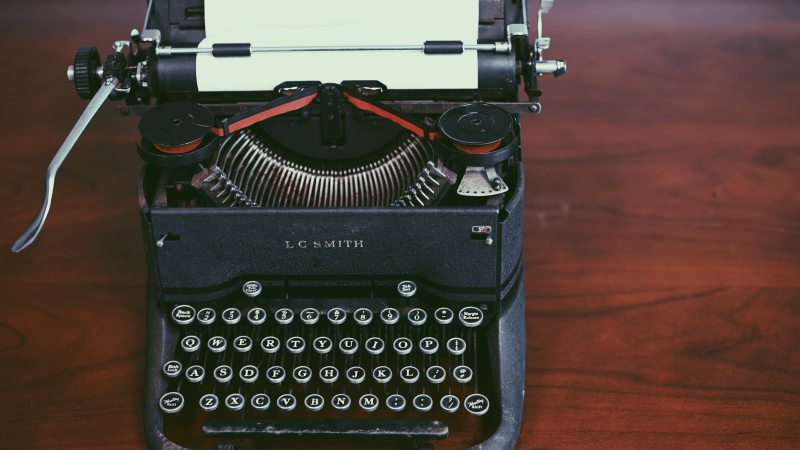How to Write Backstory That Matters
Episode #5 of the course How to outline your novel by K.M. Weiland
Welcome to the fifth lesson in our course on outlining your novel! One of the most important considerations of any novel outline will always be backstory.
Backstory isn’t always something we consider when talking about novel outlines. It’s not, strictly speaking, part of the story. It’s just stuff that happened in the character’s past. But it’s every bit as important as the main story. Your main story is the part of the story that’s seen; it’s the context. Backstory is the part that isn’t necessarily seen; it’s the subtext.
Four Ways to Discover Backstory That Actually Matters to Your Plot
There are only four questions you need to ask yourself to find your story’s best possible backstory.
1. What Brought Your Character to the Beginning of Your Main Story?
First, consider your character’s physical surroundings upon his entrance into the story. What brought him here? There are two different sides to this, which may or may not both apply to your character’s situation.
● What Brought Your Character Here Purposefully?
What reason does your character have for being present when the main conflict kicks off inyour story’s Inciting Event? Was he aware of the coming conflict prior to its initiation with the other characters? Did he have a desire and/or goal that prompted him to want to engage with the conflict? Or perhaps he wanted to try to stop it?
● What Brought Your Character Here Physically?
Your character may also be an unwitting participant in the initial conflict. She’s walking along, minding her own business, when the conflict sticks out its foot and trips her. She had to have a reason to physically be in this particular space. Why is she here? What (seemingly?) unrelated goal is she pursuing that serendipitously leads her to this particular place at this particular time?
2. What Is Your Character’s Motivation?
Arguably, the most important discovery you can make in outlining your backstory is that of your character’s motivation. What does he want in the plot? What is the Thing He Wants from life? And what related goal is powering him through the main plot?
Your character’s motivation can manifest in one of two ways:
● Motivation From Within the Story Itself
Sometimes, your character’s motivation will arise from within the story itself. For example, perhaps he becomes paralyzed at the First Plot Point, which initiates a motivation and a goal he never had to even think about prior to this event: learn to walk again.
● Motivation From the Character’s Past
Your character’s primary motivation for pursuing the main story goal may also be deeply rooted in events that happened prior to the beginning of the book itself. Ask yourself: Why did the character first conceive this goal? What prompted him to want it? What’s his motivation?
3. What Is Your Character’s Ghost?
The Ghost is the wound in the character’s backstory. It is the reason he clings to the Lie He Believes. It can be something deep and dark (such as the murder of a loved one) or it can be comparatively small and normal (such as a disapproving parent). Whatever it is, it’s at the root of your character’s motivation and, by extension, the Thing He Wants and his very plot goal.
The Ghost is what ensures your backstory is not a random history attached to your character. The Ghost is integral to the main story. Fail to understand your story’s Ghost—or, worse, fail to give your character a backstory Ghost that actually matters to the main conflict—and you will lose the all-important cause to your story’s effect.
4. Which Backstory Revelations Will Advance the Plot?
How can you use your character’s juicy backstory to create mystery in your main plot? Instead of simply telling readers all about the backstory upfront, you will want to uncover it, bit by bit, at strategic moments throughout the story.
Ask yourself: What can your character discover about her own past that will move the conflict? What can she discover about other characters’ pasts? What can other characters discover about her?
Have fun digging into your characters’ fascinating pasts! Tomorrow, we’re going to talk about how to weave all of your story pieces together into a cohesive whole.
Recommended book
Outlining Your Novel by K.M. Weiland
Share with friends

